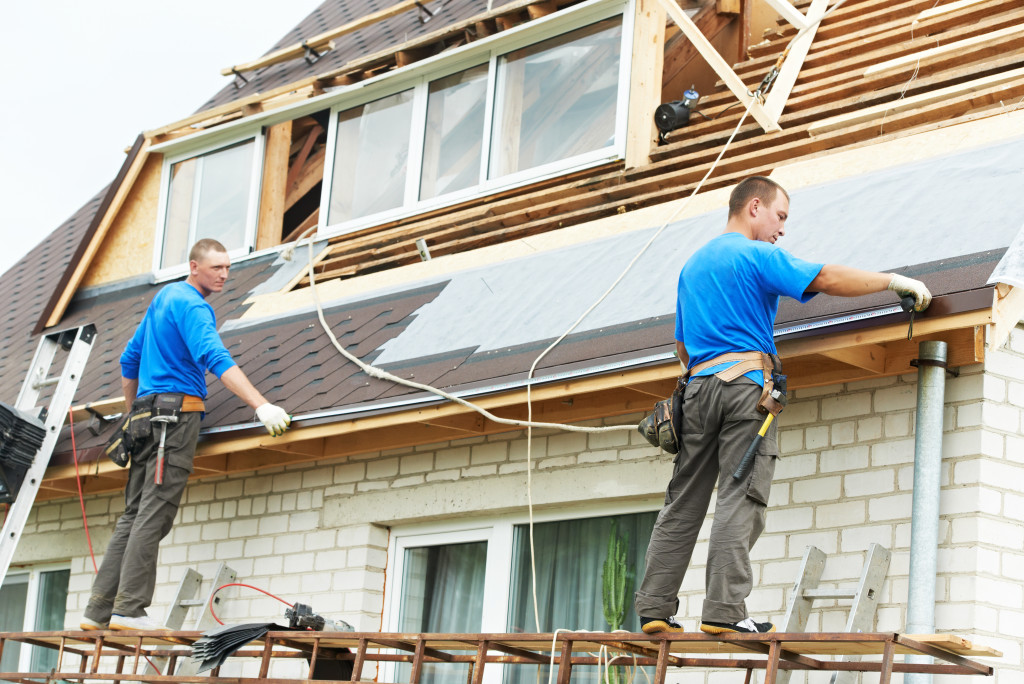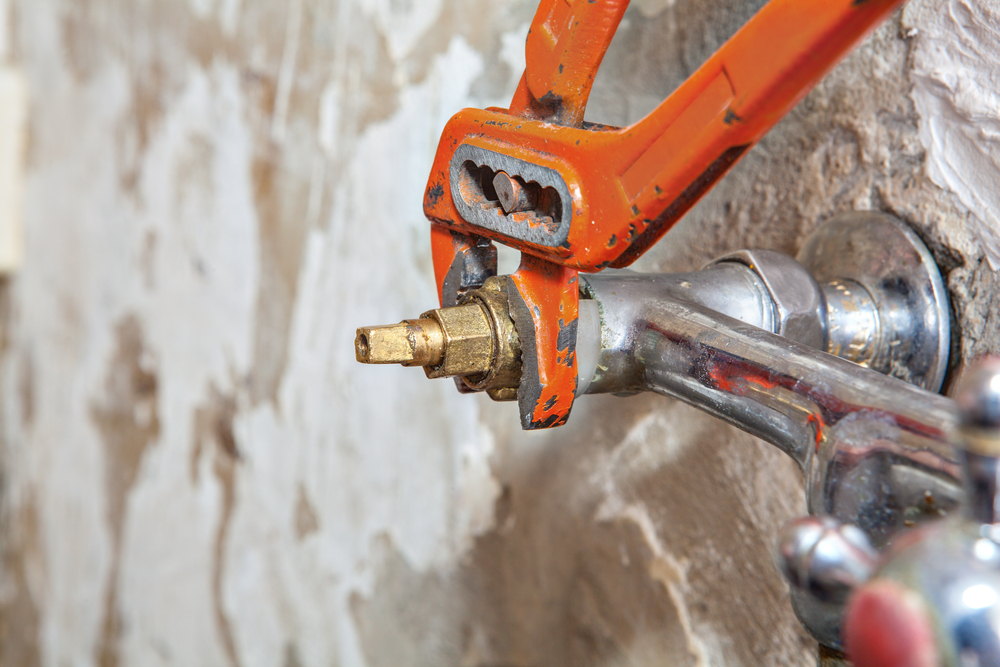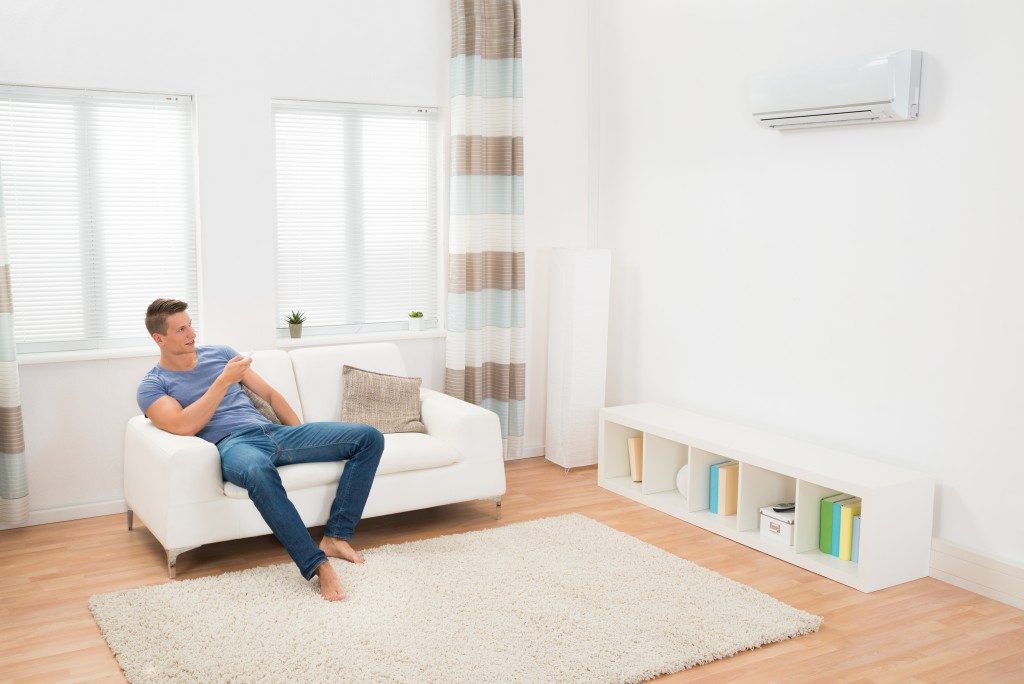• One of the responsibilities of owning a home is to ensure it’s free from potential health threats.
• Poor air quality in the home can lead to asthma, allergies, and other respiratory issues.
• Invest in a reverse osmosis system and get regular water testing to ensure safe drinking water.
• Damp areas such as bathrooms and basements are prone to mold growth.
Homeowners have many responsibilities that come with the privilege of owning a home. The day-to-day maintenance, seasonal upkeep, and larger projects require attention. One of your most important responsibilities is ensuring your home is free from disease and protected from potential health threats. You can make some improvements to keep your home disease-free, and here are just a few of them.
Air Quality Improvement
Poor air quality in the home can lead to asthma, allergies, and other respiratory issues. To ensure good indoor air quality, you should consider the following:
Replace Old Carpets or Rugs
Carpets and rugs are notorious for trapping dust and dirt and can also be a breeding ground for bacteria and mold. If your carpets are more than five years old, it’s probably time to replace them. Choose materials designed to help improve air quality, such as wool or natural fibers. You can also replace your carpets with hardwood, tile, or laminate flooring. These are more hygienic and easier to clean.
Install an Air Filtration System
Air filtration systems are designed to capture particles such as pollen, dust, pet dander, and other allergens from the air inside your home. Investing in a high-efficiency particulate air (HEPA) filter is one of the best ways. HEPA filters can trap up to 99.97% of airborne particles, making them much more effective than traditional air filters. Make sure to replace the filter every 6-12 months or depending on the quality of the environment in your home.
Water Quality Improvement

Water is one of the most important things in your home and should be clean and safe. Whether you use it for drinking, showering, or washing dishes, you should ensure your water is free from disease-causing bacteria such as E. coli, coliforms, and other contaminants. To do that, consider the following:
Install a Reverse Osmosis Sytem
Reverse osmosis (RO) systems are highly effective in removing contaminants from water, including E. coli and coliforms. Installing a residential RO system can help ensure your water is safe to drink and use throughout the home. It is placed under the sink and will filter the water as it passes through. This gives you clean, safe water for drinking and other uses.
Get Regular Water Testing
Having your water tested by a licensed professional regularly can help you identify any potential contaminants in your water supply. This can be especially helpful if you are on a well or use a private water source, as these do not get tested often. Using a certified lab to test your water will give you peace of mind and ensure that any contaminants or health risks are addressed promptly.
Mold Prevention
Mold can be dangerous for people with allergies or asthma because it produces allergens that can trigger reactions when inhaled by sensitive individuals. Therefore, preventing mold growth is essential to keep your home healthy and disease-free. Make sure there aren’t any areas in your home that are damp or prone to moisture build-up, such as bathrooms or basements; these areas should be kept dry to prevent mold growth. Additionally, check for any visible signs of mold, such as discoloration, musty odors, or condensation on windows. Check on walls or under furniture periodically so it can be addressed quickly before it spreads further throughout the home.
Here are things you can do in case you spot a mold outbreak:
- Use a dehumidifier to lower the amount of moisture in your air.
- Invest in an exhaust fan for any area particularly prone to moisture.
- Keep furniture and other items at least 6 inches from exterior walls, as this can reduce the chances of condensation forming on walls.
- Seal any cracks or gaps in the walls to stop air from leaking into the house and causing condensation.
- Use mold-resistant paint for damp areas, such as bathrooms, kitchens, and basements.
However, if it’s becoming an infestation, you may need to temporarily vacate the premises until you can hire a professional to remediate it properly. A professional can also inspect and assess other parts of the home to determine if any areas need attention to prevent mold growth in the future. It may take a few weeks to complete the entire process, but it is worth it for your family’s health.
Keeping your home disease-free requires regular maintenance and attention to potential problem areas before they become an issue for everyone. With these tips in mind, you should feel confident you’re doing your part to create a healthier living space for yourself and your family!




